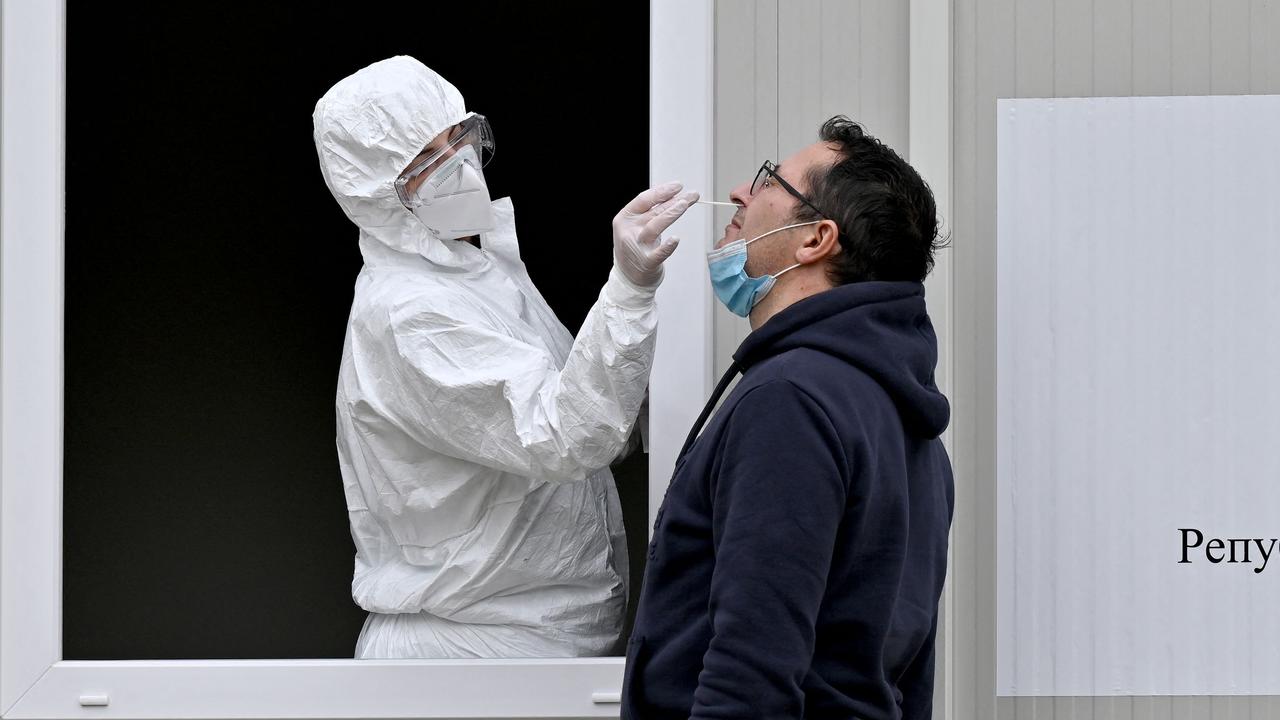Life after Covid lockdown: How countries around world are faring
As millions of Australians still contend with draconian restrictions, many countries around the world are almost back to normal. Here’s how they did it and why we were left behind.
Coronavirus
Don't miss out on the headlines from Coronavirus. Followed categories will be added to My News.
As much of Australia battles seemingly never-ending lockdowns, many countries around the world have returned to a relative sense of normal.
We look at how other countries have handled the pandemic and how they’re navigating their way out of it.
UNITED STATES
America remains the country worst-affected by coronavirus with 43.5 million cases overall and close to 700,000 deaths.
But despite the grim numbers, the US has been the torchbearer for vaccination success with Americans starting to receive their third booster jab.
Indeed, high vaccination numbers means much of the country has opened up.
New York, which was the epicentre of Covid in the early days of the pandemic, has bounced back, returning to something resembling normal.
Restaurants, bars and cinemas are open and concerts are again playing across the city, including recent massive events in Central Park.

But in NYC, you must show proof of vaccination to dine indoors, enter a bar and attend concerts.
NYC also became the first US state to impose a vaccine mandate on its teachers.
While other cities such as San Francisco are also requiring proof of vaccination to eat indoors, some states, including Florida and Texas, are banning vaccine passports.
Some restaurateurs say the vaccination proof issue creates new challenges as the industry works to move beyond the pandemic.
CANADA
Unlike its US neighbour, Canada has been more successful in containing the virus.
With a population of 37.6 million, there have been 1.6 million cases and more than 27,000 deaths.
But with a 72 per cent fully vaccinated population, the country has returned somewhat to normal life with bars, restaurants, and cinemas all open.
But there have been hurdles.
In June, when numbers were spiking again, Alberta – often referred to as the Texas of Canada – declared “victory” over the coronavirus and made Alberta the first Canadian province to lift pandemic restrictions.

“We finally have the upper hand on this virus and can safely open up our province,” Premier Jason Kenney announced, declaring the province was “open for summer”.
By September, Alberta had a public health emergency, reimposing restrictions, enlisting military assistance, and appointing a new health minister.
The Delta variant combined with Alberta’s comparatively low vaccination rate prompted a rise in infections and hospital admissions.
But in a true sign for Canada and the US that life was getting back to a prepandemic normal, the border between the two countries was reopened for the first time in 18 months in August.
Fully vaccinated Americans can travel to the country, while last month the border was opened to vaccinated international visitors.
GREAT BRITAIN
Like the United States, the United Kingdom in has been decimated by the pandemic.
But in recent months the country has opened back up.
Prime Minister Boris Johnson called the July 19 reopening “Freedom Day”, ending more than a year of Covid lockdown restrictions.
Still, Britain continues to battle rising infections and Mr Johnson has now said he won’t rule out bringing back restrictions to deal with a potential winter surge, saying it’s possible that Christmas plans for Brits could again be disrupted.
Last year he imposed stringent last-minute conditions preventing many people from seeing friends and family as the Alpha variant spread rapidly across England.
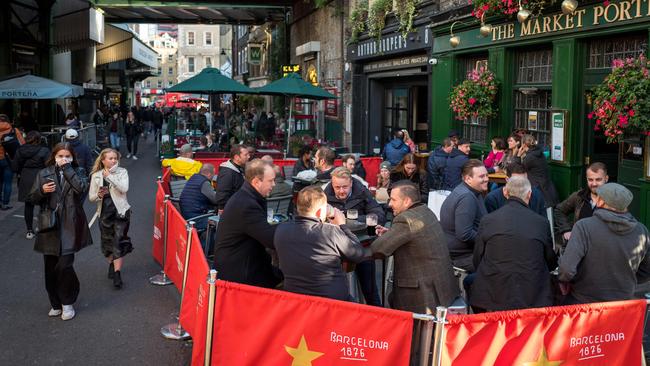
“Plan A is what we’re on, and plan B is what we might have to do. It’s a graduated series of steps and we certainly don’t want or expect to have to do anything like last Christmas,” he said.
But unlike, New York, where proof of vaccination is required to enter restaurants and bars, London has not followed suit.
The idea of requiring people to show proof of vaccination or a recent negative test for Covid has been uncomfortable for many in the UK, where people generally aren’t required to carry identification documents.
With 67 per cent of the country fully vaccinated, the British government’s plan for managing the pandemic through the autumn and winter involves booster jabs for over-50s and vaccinations for 12-15-year-olds.
There are contingency plans including potentially making masks mandatory in some settings and reinstating work-from-home advice.
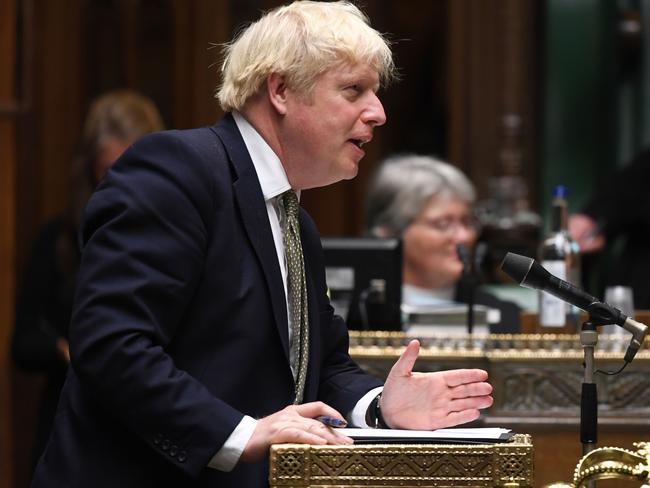
ISRAEL
Israel is considered one of the world’s leaders in successfully navigating its vaccine rollout with 61.3 per cent of the population fully vaccinated.
And in June, Israel was celebrating a return to normal life in its battle with Covid.
After a rapid vaccination drive that had driven down coronavirus infections and deaths, Israelis had stopped wearing face masks and abandoned all social-distancing rules.
Then came the more infectious Delta variant, and a surge in cases that has forced Prime Minister Naftali Bennett to reimpose some coronavirus restrictions and rethink strategy.
In July, Israel became the first country to offer the third booster shot (seniors were offered the jab first) and, by the end of August, children as young as 12 were able to get it.
Authorities said that the booster shot helped slow a rise in severe illness caused by the Delta variant.

FRANCE
Like the UK and the US, France has been hard hit by Covid and the country has lived under some of the most stringent restrictions in the world.
Although it reopened to visitors over the northern hemisphere summer in 2020, the country has been put back into lockdown twice since then, and is now tentatively reopening from a less restrictive third lockdown.
Vaccine passes are required in France when entering bars, cafes, restaurants, museums and other places where the public gathers and for long-distance travel on buses, trains and planes.
More than 66 per cent of France’s population has so far been fully vaccinated.
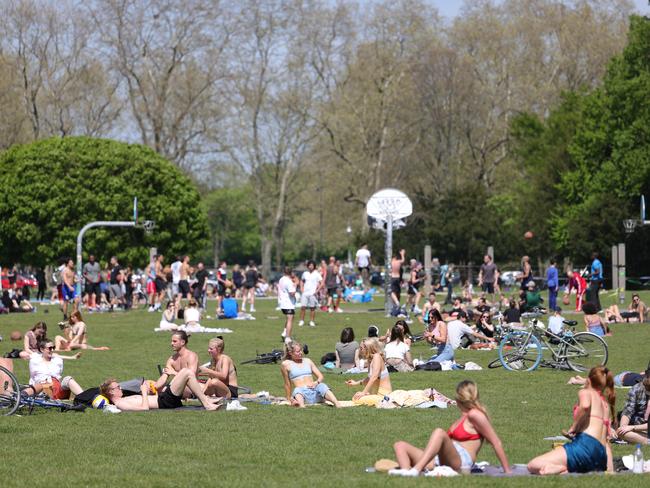
GERMANY
Germany’s chancellor Angela Merkel has been widely praised for her leadership during the pandemic.
The country, which has recorded 4.2 million cases and is closing in on 100k deaths, has also endured strict lockdowns.
Now life has returned to a sense of normality.
In each of the country’s 16 states has slightly different rules on what is required, but in general, people are required to show a negative test, vaccine or recovery certificate before being allowed to participate in indoor dining, drinking or dancing.
Germany has also been successful with its vaccine rollout, with 64.7 per cent of the population fully vaccinated.
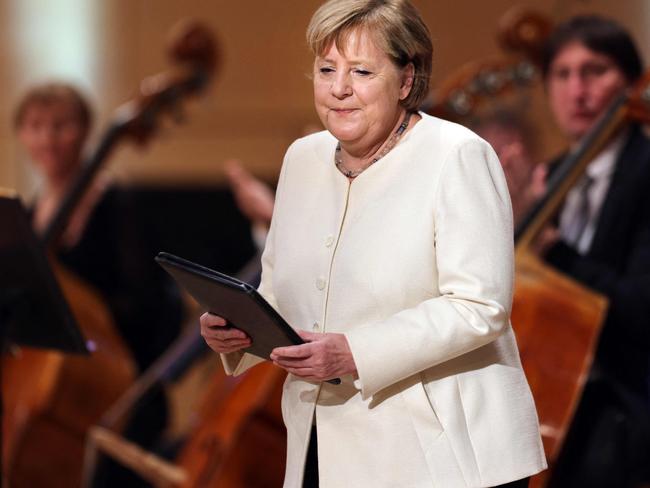
DENMARK
After 18 months, Denmark lifted the last of its internal coronavirus restrictions in September, declaring that Covid-19 was no longer a “critical threat to society.”
Denmark was the first European Union member to issue such a statement, as its leaders said high vaccination rates — nearly 75 per cent of residents are fully immunised — justified the step. Denmark also has one of Europe’s lowest levels of new infections.
Last month, authorities ditched the remaining mask mandates for all places but airports. Residents will no longer need to use a digital vaccine passport to enter bars, restaurants, nightclubs or sporting arenas.
“It is an important milestone in our epidemic management,” Health Minister Magnus Heunicke said in a statement.
“This can only be done because we have come a long way with the vaccination rollout, have strong epidemic control and because the entire Danish population has made an enormous effort to achieve this.”
SWEDEN
In March 2020 when most of the globe was locking down, Swedish health authorities surprised the world by not shutting the country or requiring Swedes to wear masks.
Instead, Sweden let residents decide individually whether to take those precautions, with authorities declaring the gamble would pay off in the long run.
But 18 months later, Sweden’s gamble was in tatters with Time magazine declaring it a “disaster”.
The country has recorded more Covid cases per capita than most countries so far.
Since the start of the pandemic, roughly 11 out of every 100 people in Sweden have been diagnosed with Covid-19, compared with 9.4 out of every 100 in the UK and 7.4 per 100 in Italy.
Sweden has also recorded around 145 Covid deaths for every 100,000 people — around three times more than Denmark, eight times more than Finland, and nearly 10 times more than Norway.
Last year, the Journal of the American Medical Association, said a study showed that Sweden and the US were the only countries with high overall mortality rates that failed to rapidly reduce those numbers as the pandemic progressed.
The country’s vaccination rate, however, has been largely successful with 63.7 per cent of the population fully vaccinated.
SINGAPORE
With a hard-line “circuit-breaker” lockdown early in the pandemic, the major business and trade hub of Singapore was able to keep the spread of new coronavirus cases to the single or low double-digits for nearly a year.
But as the country reopened, it faced skyrocketing numbers.
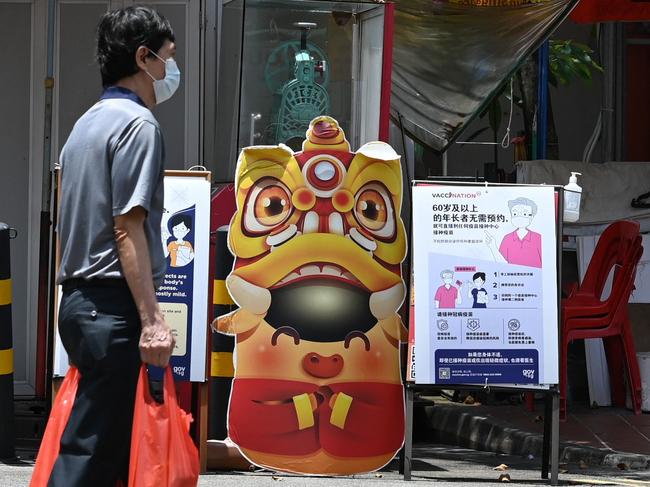
Now, despite small case numbers and deaths from Covid, Singapore has implemented a “living with Covid” strategy, focusing on tracking outbreak clusters – but without strict lockdowns, border closures, and work-from-home orders.
The move, however, has divided opinion among Singaporeans.
But behind the headlines, there is evidence the plan is working, with its focus more on the severity of infections and hospitalisations than the number of daily cases.
With about 82 per cent of the population over age 12 fully vaccinated, according to the Health Ministry, hospitals have not become overwhelmed, with 98 per cent of new cases either asymptomatic or with mild symptoms.
Additional reporting: Merryn Johns



